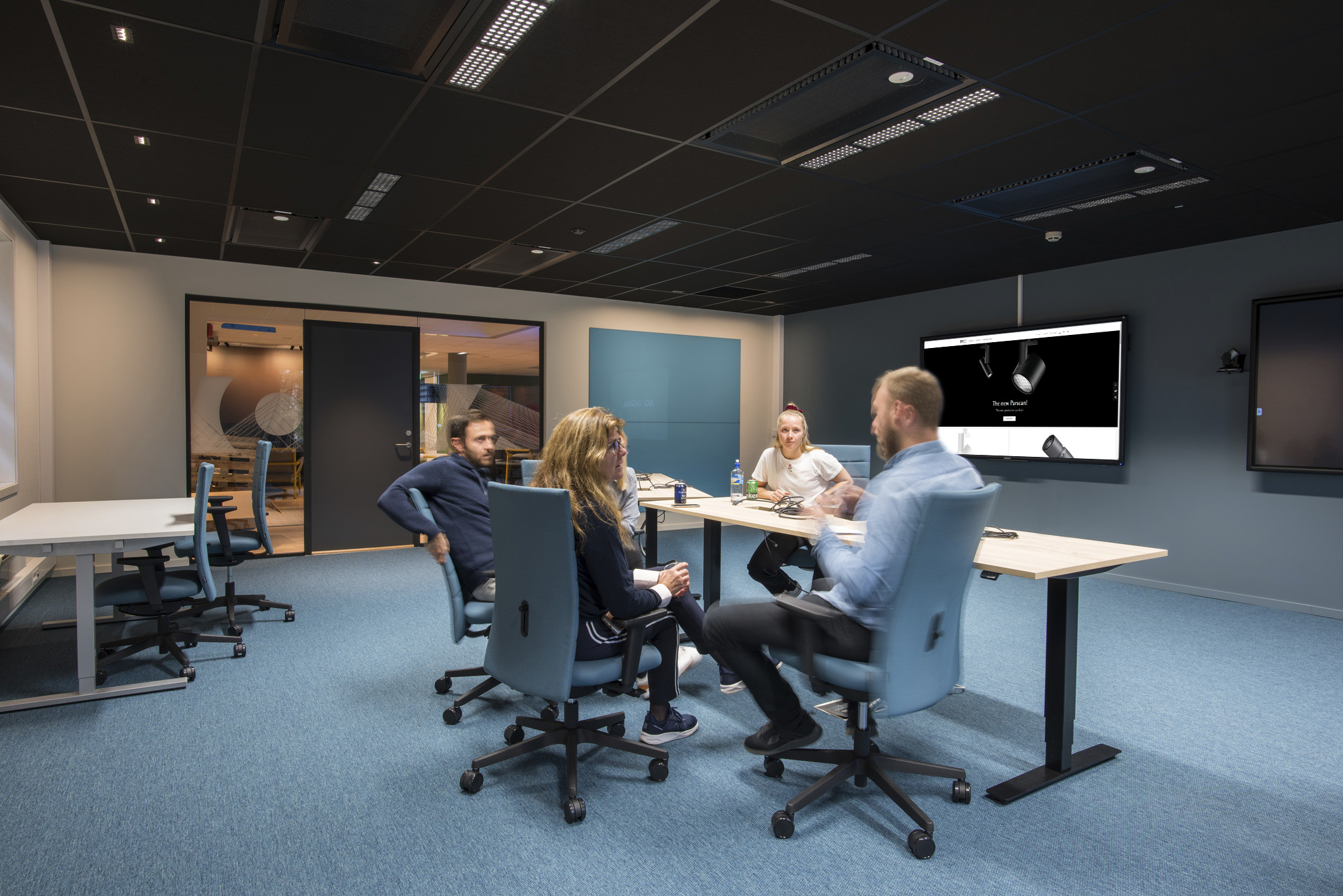Qualilative vs. Quantitative Lighting

Qualitative vs. Quantitative Lighting Design: ERCO's Holistic Approach
Lighting design is at the heart of architecture, enhancing spaces and defining how people experience their surroundings. At ERCO, we distinguish between qualitative and quantitative lighting design, favouring the qualitative approach for its superior energy efficiency, sustainability, and user-centric benefits.
What is Qualitative Lighting Design?
Qualitative lighting design focuses on the human experience of light. It emphasises:
- Ambiance and Atmosphere: Creating moods that resonate with the purpose of the space.
- Perception and Visual Comfort: Enhancing visibility while ensuring comfort for occupants.
- Architectural Integration: Highlighting forms, textures, and colors to bring architecture to life.
Key Benefits:
- Encourages emotional connection to spaces.
- Facilitates wayfinding and functional use of areas.
- Promotes well-being by considering circadian rhythms and glare reduction.
- Energy Efficiency: Provides light precisely where it is needed, reducing waste.
What is Quantitative Lighting Design?
Quantitative lighting design revolves around measurable factors such as:
- Illuminance Levels: Ensuring spaces meet industry standards (e.g., lux levels).
- Energy Efficiency: Optimizing power consumption for sustainability.
- Uniformity: Distributing light evenly to avoid dark spots.
However, this approach often sacrifices adaptability and sustainability by focusing solely on blanket illumination:
Key Limitations:
- Blanket Illumination and Light Spill: Light is distributed uniformly without considering specific activities or zones.
- Poor Perception Orientation: Lack of flexibility for different visual tasks.
- Energy Wastage: Over-lighting leads to unnecessary energy consumption.
- Higher Installation and Running Costs: Larger systems and higher power usage increase costs.
- No Zonal/Task-Based Lighting: One-size-fits-all lighting lacks precision and efficiency.
ERCO’s Approach: The Qualitative Advantage
We advocate for a responsive qualitative approach that provides individualised light exactly where it is needed.
This method emphasises:
Key Advantages:
- Flexibility & Perception Orientation: Tailored lighting enhances visual comfort and activity-specific illumination.
- Future Proofing: Modular, adaptive systems accommodate evolving architectural needs.
- The Right Light for Every Activity: Focused illumination improves usability and aesthetics.
- Lower Installation Costs: Optimised designs reduce material and labor requirements.
- Energy Savings: Targeted lighting minimises power consumption and light spill.
- Reduced Maintenance Requirements: Durable, efficient systems ensure long-term performance.
Sustainability: Why Qualitative Design Leads
At ERCO, sustainability is integral to our philosophy.
Qualitative lighting design:
- Reduces Energy Use: By directing light only where it is needed, unnecessary consumption is minimised.
- Decreases Environmental Impact: Less energy and fewer resources result in a smaller carbon footprint.
- Promotes Longevity: Well-designed systems reduce waste through durability and lower maintenance demands.
By prioritising qualitative design, we align architectural lighting with ecological responsibility, offering a future-forward approach to illumination.
Experience the ERCO Difference
Ready to transform your spaces with innovative lighting solutions?
Discover how ERCO’s qualitative approach delivers sustainable, impactful lighting that adapts to your needs.
Return